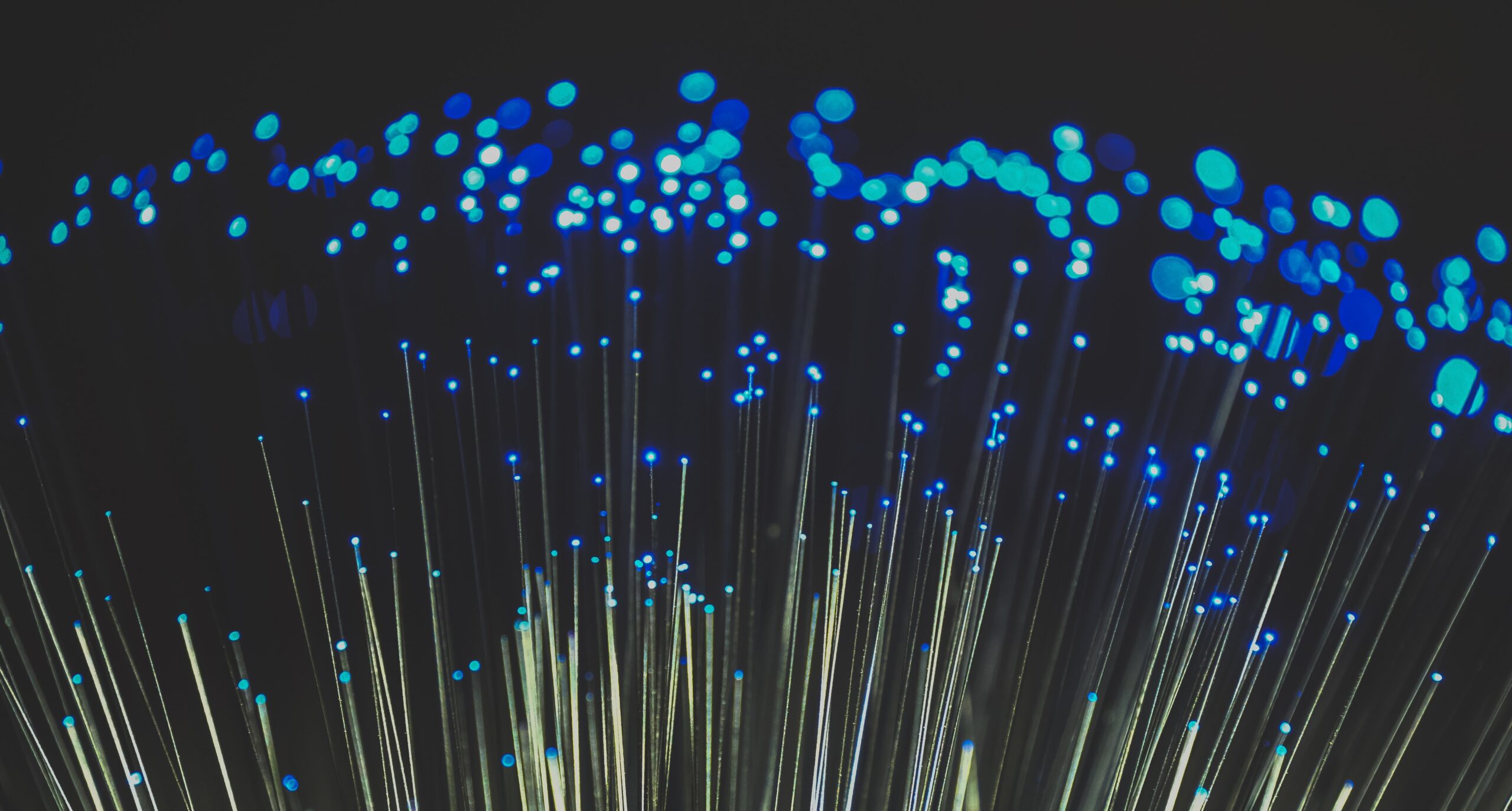Explore the Future of Fibre Optic Broadband Technology

As we move into a more connected world, fibre optic broadband technology is becoming increasingly important. It has become the backbone of many modern technologies, from streaming movies to powering companies’ online databases. The future of technology is only getting more exciting — higher speeds, wider reach, and more reliable connections are giving us the opportunity to explore and create even more innovative applications.
In this blog post, we’ll explore the newest developments in the best fibre broadband in Singapore and discuss their potential to transform the way we connect with one another, access data, and work. We’ll also discuss the potential implications these developments could have on our lives and our businesses. Join us as we take a look at the future of fibre optic broadband technology and the exciting possibilities it holds.
Increased Speed and Bandwidth Capabilities
Fibre Optic Broadband Technology has become increasingly popular in recent years, providing users with much faster speeds and higher bandwidth capabilities than ever before. This cutting-edge technology is based on fibre optic cables, which use pulses of light to transmit digital data at much higher speeds than traditional copper cables. This makes it ideal for applications that require high-speed data transfer, such as streaming media, downloading large files, or playing online games. Fibre optic broadband is significantly faster than other forms of broadband, allowing users to enjoy much higher download speeds and more reliable connections. It also has the capability to support multiple services and devices at once, allowing users to enjoy a greater range of services without experiencing any slowdown in performance.
Reduced Costs and Improved Efficiency
Fibre Optic Broadband has revolutionized the way businesses communicate, enabling them to reduce costs and increase efficiency. This technology is able to send vast amounts of data quickly and reliably over long distances, making it the perfect solution for communication needs. With speeds up to 1,000 Mbps, organizations can send and receive data quickly and securely, no matter the size or complexity of the task. Additionally, fibre optic broadband is more reliable than traditional copper cables, making it less prone to interference and outages. Additionally, fibre optic broadband is less expensive to install and maintain than copper cables, further reducing costs.
Greater Reliability
Fibre Optic Broadband offers greater reliability than traditional broadband services due to its use of light signals to transmit data. This means that the signal is much less vulnerable to interference, resulting in faster and more consistent speeds. Furthermore, fibre optic broadband is capable of providing higher speeds than traditional broadband, meaning that large data files can be quickly transferred, and streaming services will work without buffering. The reliability offered by fibre optic broadband makes it a great choice for households with multiple users and those that require a consistent and fast connection.
Improved Security
Fibre Optic Broadband is a quickly developing technology that provides faster and more reliable internet service than its predecessors. Unlike traditional copper cables, fibre optic cables are made of glass, which is capable of transmitting data much more quickly and efficiently. This allows for faster download and upload speeds, which can significantly improve the user experience. Additionally, fibre optic broadband offers improved security. Because data is transferred through light and not electricity, which can be intercepted, fibre optic broadband is a much more secure form of internet connection. This security can be especially beneficial for businesses, who often rely on sensitive data being transmitted through their networks.
Greater Reach and Accessibility
Fibre Optic Broadband is a technological advancement that offers greater reach and accessibility for data. It is a faster, more reliable method of data transmission compared to traditional copper wire cables, and it operates by using light to travel through a micro-thin optical cable. Fibre Optic Broadband is more reliable, as it is less susceptible to signal interference and distortion, which often occurs in copper wire cables. Additionally, fibre optic cables are capable of providing more bandwidth, which can significantly increase data transfer speeds and enable more devices to connect to a single network. Fibre Optic Broadband is becoming increasingly popular and is a particularly attractive option for businesses that need to connect multiple sites in various geographical areas.




























